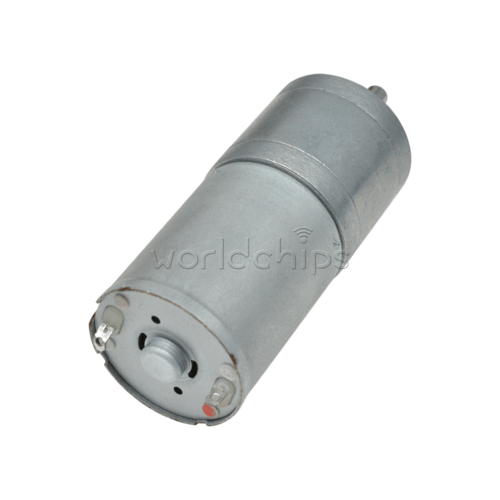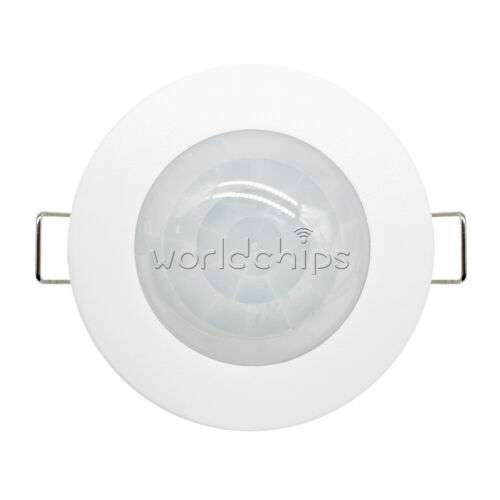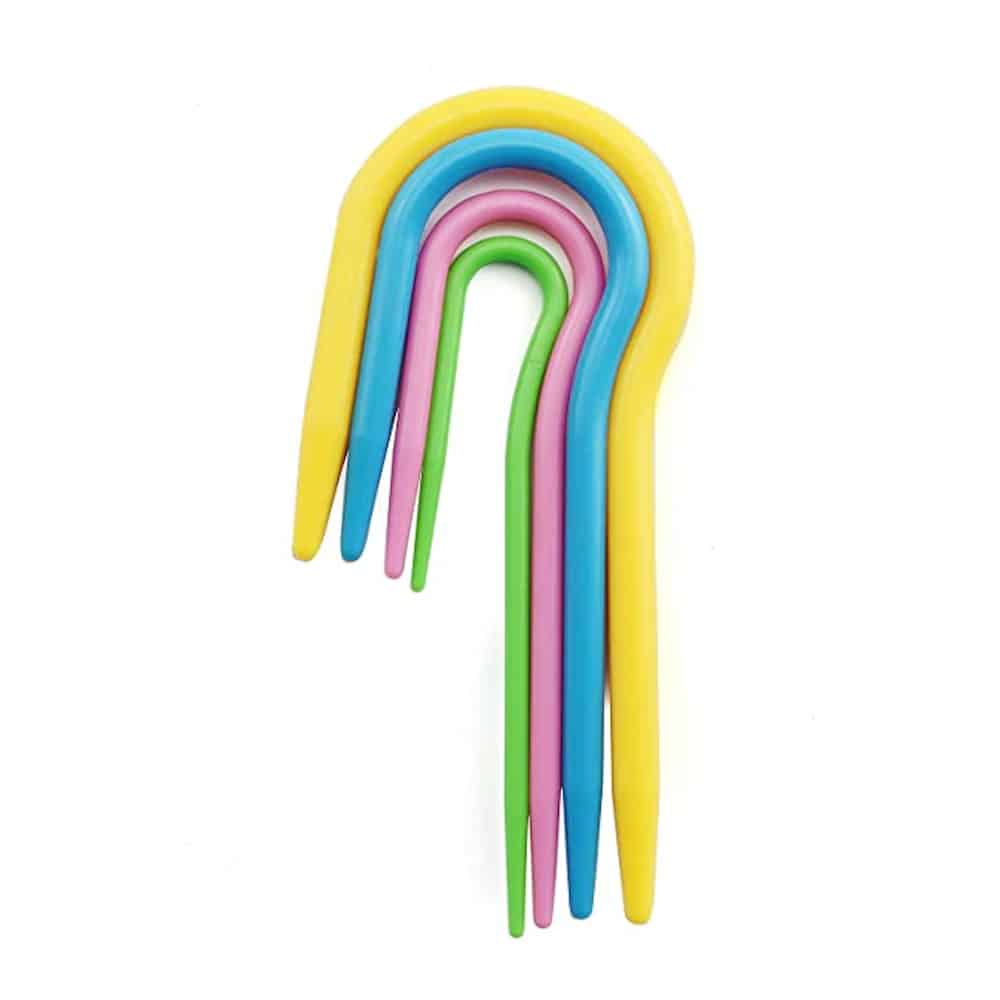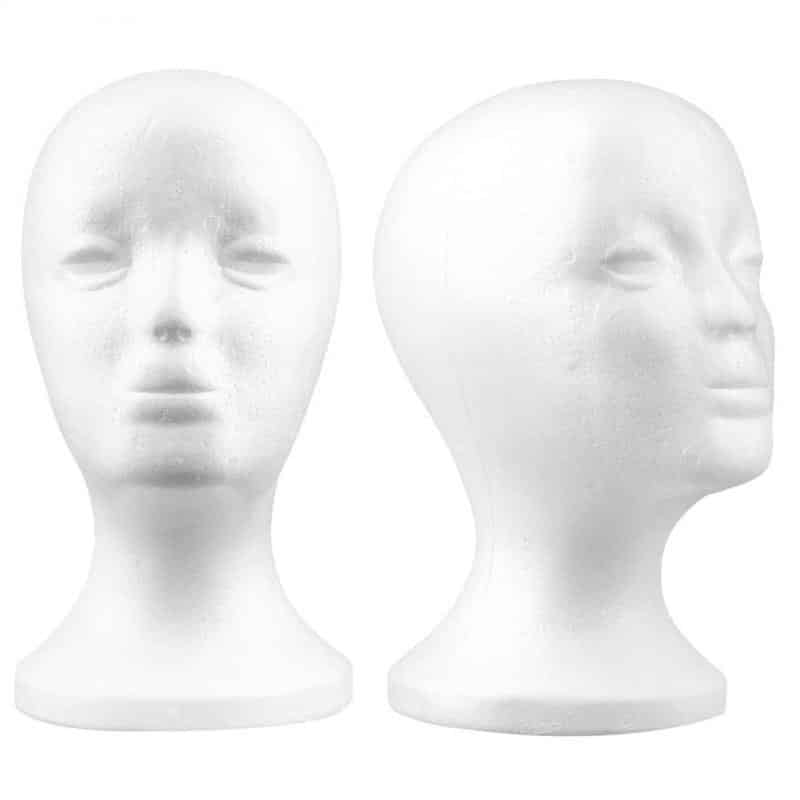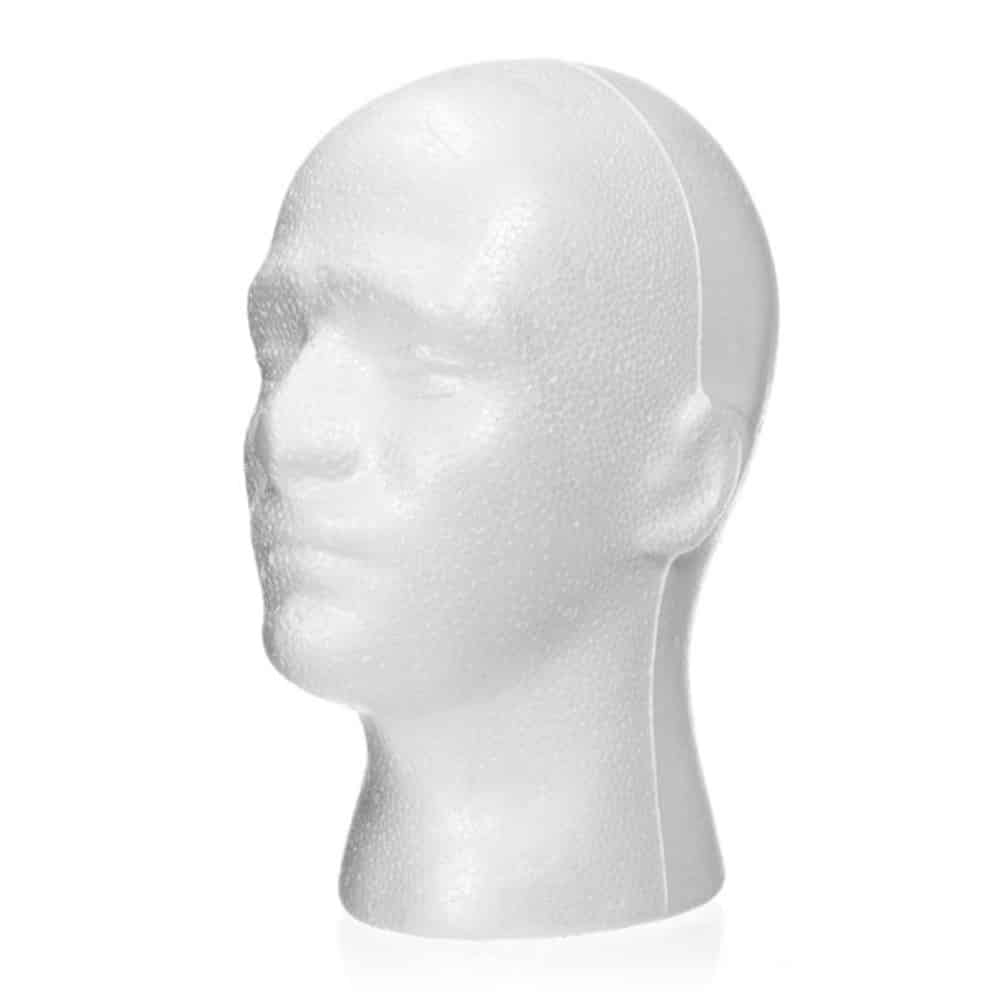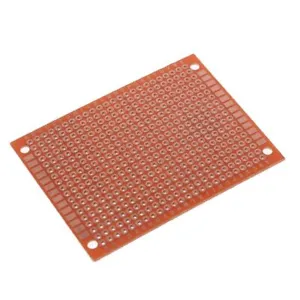




ID: 665209
SKU: 2.66E+11
Category: Electronic chips and boards
Tags: 30days
Universal 5x7cm Prototype Paper PCB for Circuit Board Experiments
About this item:
– Ideal for electronics hobbyists and students. – Made from high-quality paper, durable and reusable. – Features copper pads on both sides for easy circuit prototyping. – Includes a solder mask and silkscreen for professional-looking results. – Available in various sizes to meet different project requirements.
₹740
On preorder
Delivered in 30-60 days
On Pre-Order
Guaranteed Secure
- Guaranteed delivery
- Fast shipping
- PAN India shipping
- 100% Secure payment
- Regular orders dispatch in 48 Hours
- Pre-orders dispatch in 30-45 days
- Returns accepted
- Fast refund process
- 24/7 customer support

